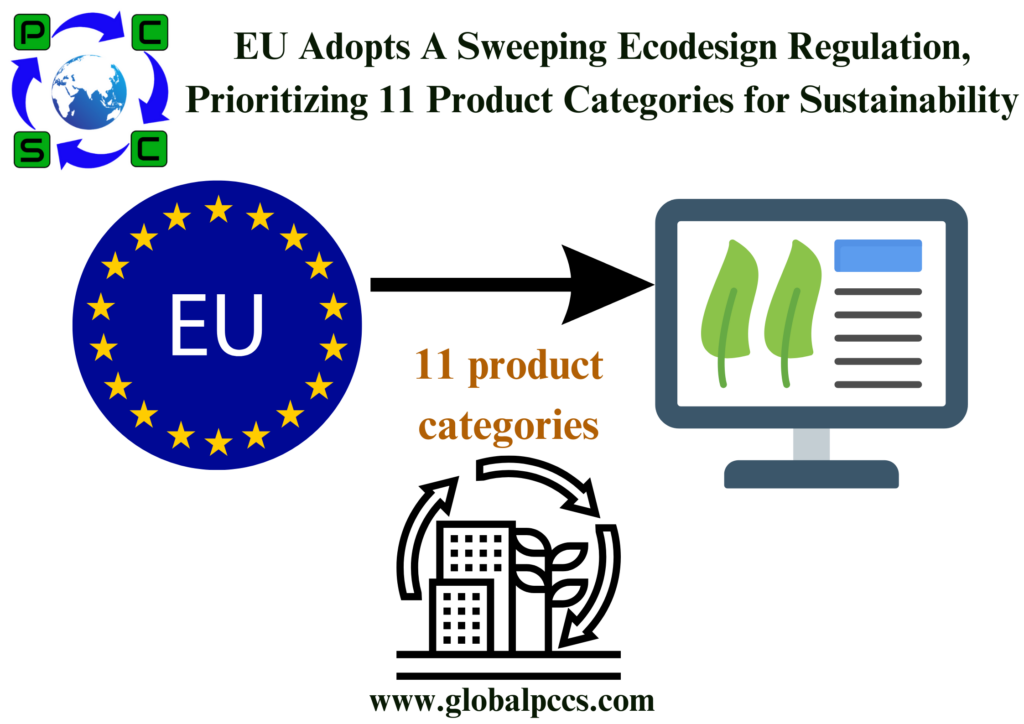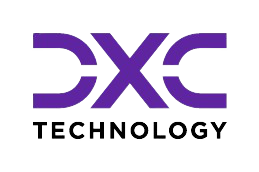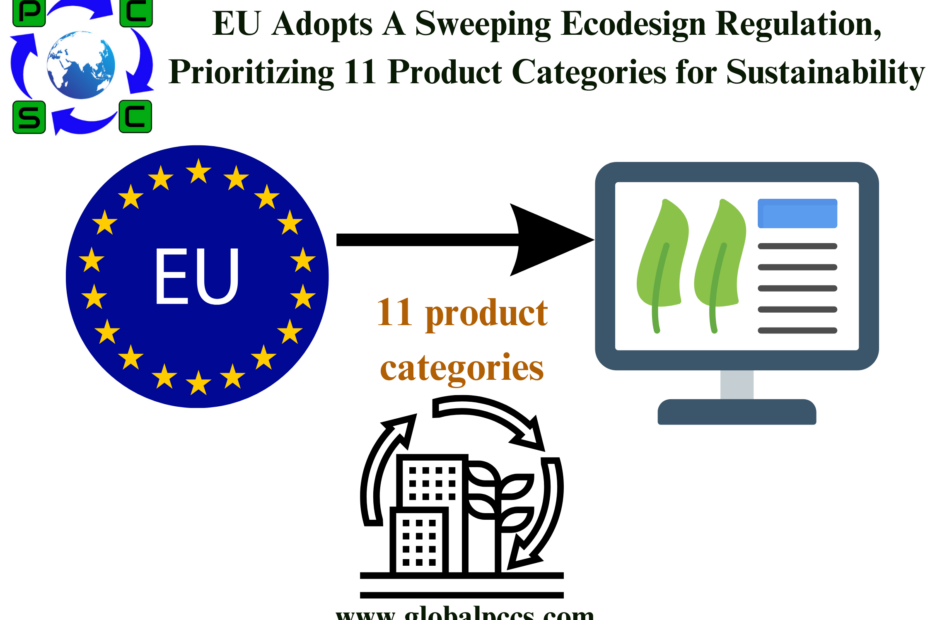 ESPR sets universal environmental sustainability requirements on products to promote circularity, energy efficiency and reduce environmental and climate footprint of products. Substances present in chemicals that negatively impact product sustainability will be restricted under ESPR.
ESPR sets universal environmental sustainability requirements on products to promote circularity, energy efficiency and reduce environmental and climate footprint of products. Substances present in chemicals that negatively impact product sustainability will be restricted under ESPR.
On June 28, 2024, Regulation (EU) 2024/1781 establishing a framework for the setting of ecodesign requirements for sustainable products, also known as the Ecodesign for Sustainable Products Regulation (ESPR), was published in the Official Journal of the European Union. The ESPR enters into force on July 18, 2024 and the existing Ecodesign Directive (Directive 2009/125/EC) shall be repealed.
The ESPR establishes a framework for setting ecodesign requirements for specific product categories to significantly improve their circularity, energy performance and other environmental sustainability aspects. It applies to all businesses across the value chain, meaning a manufacturer outside the EU also needs to ensure the design and manufacturing of its product comply with ESPR requirements.
Affected products
The ESPR acts as a foundational legislative framework, which builds on the proven effectiveness of its predecessor in relation to energy-related products and will progressively establish specific regulations for almost all categories of physical goods placed on the EU market. For groups of products that share similar characteristics, a horizontal approach will be applied. This process will begin with a prioritization based on a set of criteria pertaining in particular to the potential contribution to the EU’s climate, environmental and energy objectives.
The following product groups shall be prioritized:
(a) Iron and steel
(b) Aluminium
(c) Textiles, in particular garments and footwear
(d) Furniture, including mattresses
(e) Tyres
(f) Detergents
(g) Paints
(h) Lubricants
(i) Chemicals
(j) Energy related products
(k) Information and communication technology products and other electronics.
These product groups will be taken into account in the formulation of the first ESPR working plan, which is expected to be adopted by April 19, 2025. The development of specific product rules will then start, based on inclusive planning, detailed impact assessments and regular stakeholder consultation.
Design greener products
The ecodesign requirements set for each product group shall be tailored to its particular characteristics, enabling longer product life and maximizing the value embedded in materials, reducing pollution and the overall impact of products on climate and the environment. Overall, the development of ecodesign requirements shall consider the following product aspects:
- Product durability, reliability, reusability, upgradability, reparability, ease of maintenance and refurbishment;
- Restrictions on the presence of substances that inhibit the circularity of products and materials;
- Energy use or energy efficiency of products;
- Resource use or resource efficiency of products;
- Minimum recycled content in products;
- Ease of disassembly, remanufacturing and recycling of products and materials;
- Life-cycle environmental impact of products, including their carbon and environmental footprints;
- Preventing and reducing waste, including packaging waste.
Help businesses and consumers make informed choices by introducing digital product passport
In addition to setting requirements on how products should be made in a sustainable way, the ESPR also adopts a framework for disclosing information on the environmental sustainability of products.
Digital product passport (DPP) will be introduced as the norm for all products regulated under ESPR, enabling products to be tagged, identified and linked to data relevant to their circularity and sustainability. A DPP should be connected to a persistent unique product identifier through a data carrier, which is physically present on the product, its packaging or accompanying documentation.
Specific data required in DPP shall be determined in specific product regulations based on individual product, which mainly include product parameters, unique product identifier, user manual, etc. In order to track the presence of substances of concern (as defined in Article 2(27)) throughout the life cycle of materials and products, following through the commitment made in Chemical Strategy for Sustainability, DPP shall include at least the following:
- The name or numerical code of the substances of concern present in the product, including IUPAC name, CAS number, EC number, trade name, etc.;
- The location of the substances of concern within the product;
- Concentration at the level of the product;
- Safety instructions;
- Information relevant for disassembly, preparation for reuse, reuse, recycling and the environmentally sound management of the product at end-of-life.
The European Commission will set up a digital product passport registry which stores at least the unique identifier in a secure manner. The registry will be used for verification of the authenticity of the DPP by economic operators and custom authorities. A web portal will also be established for public access of data included in DPP.
These electronically accessed structuring information transmitted by means of DPP will help consumers, manufacturers, authorities to make informed decisions on product sustainability, circularity, and compliance. So far, DPP has already been applied in various EU legislation, for example, a battery passport will be mandatory from 2027 under EU’s new battery regulation.
In addition to DPP, the ESPR stipulates that required information shall also be provided in other forms, such as on packaging, label, an accompanying user manual or free access website. The detailed requirement for ESPR label, such as content, layout, display manner, shall be determined in specific product regulations.
Prevent the destruction of unsold consumer products
The ESPR includes measures to phase out the destruction of unsold consumer products. In the first step, economic operators should disclose the number and weight of unsold consumer products discarded every year and explain the reasons for the discarded volumes and information on the volume of discarded products sent out for reuse, remanufacturing, recycling, energy recovery and disposal operations. From July 19, 2026, the destruction of unsold consumer products as listed in Annex VII shall be prohibited.
It should be noted that the information disclosure and prohibition will apply to medium-sized enterprises from July 19, 2030 and is not applicable to micro and small enterprises.
Promoting green public procurement
In addition to providing easier access to environmentally sustainable products for businesses and consumers, the ESPR will also steer the public spending in a sustainable direction by enabling mandatory Green Public Procurement criteria to be set for EU authorities. This means that contracting authorities would be required to use green procurement criteria to purchase specific groups of products, which is expected to significantly boost the demand for sustainable products. It will also in turn incentivize businesses to invest in this area.
How ESPR impact the chemical industry
While the restriction of substances based on chemical safety are mainly addressed in other Union law like REACH, the ESPR primarily focuses on the restriction of substances present in products which might negatively affect products’ sustainability, for example, by making reuse or recycling more costly, resource-demanding.
According to ESPR’s definition, nearly half of substances registered in the EU could be labeled as “substance of concern”, which might present an immense challenge for product or article manufacturers to identify recycling, reuse methods in an environmentally sound way for different product groups.
To effectively implement the ESPR, companies are advised to:
- Incorporate sustainability assessment into product design, procurement and supplier management.
- Establish a transparent system for chemical information disclosure.
- Incentivize the investment of sustainable products.








 Authorised IMDS & CDX Training & Consulting partner for
Authorised IMDS & CDX Training & Consulting partner for






